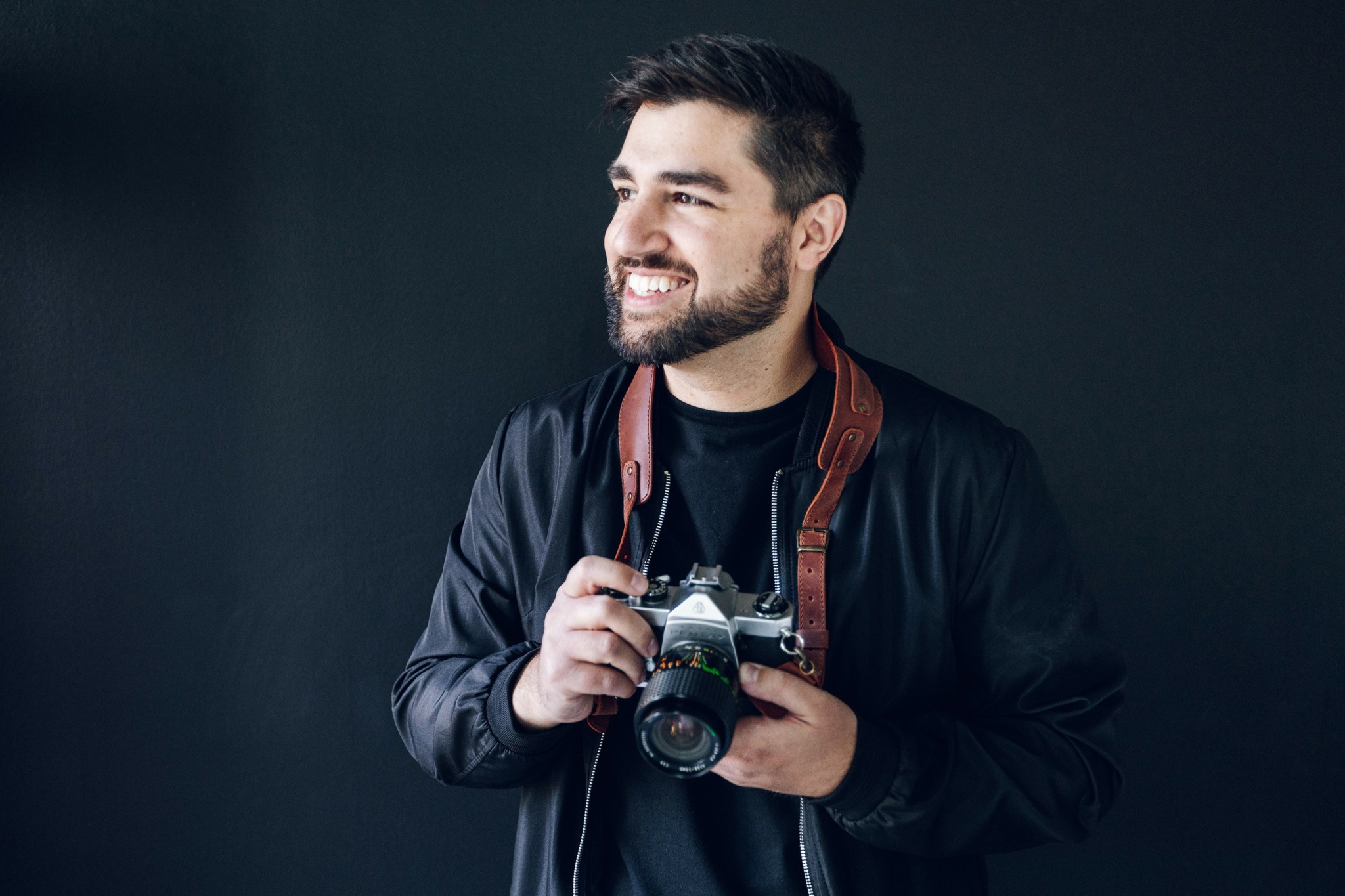We’re excited to introduce you to the always interesting and insightful Chris Tyre. We hope you’ll enjoy our conversation with Chris below.
Alright, Chris thanks for taking the time to share your stories and insights with us today. Have you been able to earn a full-time living from your creative work? If so, can you walk us through your journey and how you made it happen? Was it like that from day one? If not, what were some of the major steps and milestones and do you think you could have sped up the process somehow knowing what you know now?
I have been able to earn a full-time living from my creative work, but it hasn’t always been that way. Honestly, it took longer than I thought.
When I started my business in 2016, I named it Nomad and Camera. I was living as a digital nomad spending a lot of time between Chicago and South America and my focus was travel and lifestyle photography. There are 3 things I quickly learned.
One, starting with zero clients is tough—especially without a physical location. Social media often glamorizes it as an easy, flexible lifestyle, but the reality is far more challenging. Even with a fixed location, running a business is hard. While running one while traveling is possible, it’s definitely not for everyone.
Two, networking is essential. I needed people that trusted me. I needed people that would give testimonials. Connecting with people IRL is really important. With all the digital and AI noise, especially now, I think in person events and one on one coffee shop chats have never been more important. That sounds like an old school thing to say, but going on nine years of having my business, it’s the truth.
Three, for creatives starting a business, don’t go all in right away. Despite what the internet says, it’s smarter to build a foundation first. Start networking, freelance outside of your full time job, and begin establishing your name. When you do make the leap, don’t slam the door behind you. Leave on good terms. Your former employer could become a future client or advocate.
I say that as someone who did go all in immediately, started accumulating debt and needed to find a full time job less than 2 years in. I needed to reset and approach things differently. While I worked full time, I did take on freelance projects during evenings and weekends.
I worked as an art director and designer at a creative events agency for 3 years and then was furloughed due to the pandemic and lack of live events happening. That’s when I decided to give my business another full time go. Again, my focus was lifestyle photography, but the majority of my leads actually came from graphic design based work. Event based branding and design as well as visual identity projects quickly became the majority of my income. In 2022 I added a DBA, Via Visual, since “Nomad and Camera” didn’t really connect with where my market was growing. While I still shoot photography gigs, most of my income is from branding and design-based projects. In fact, some clients use me for both photo and design services. Everybody likes a two-fer!
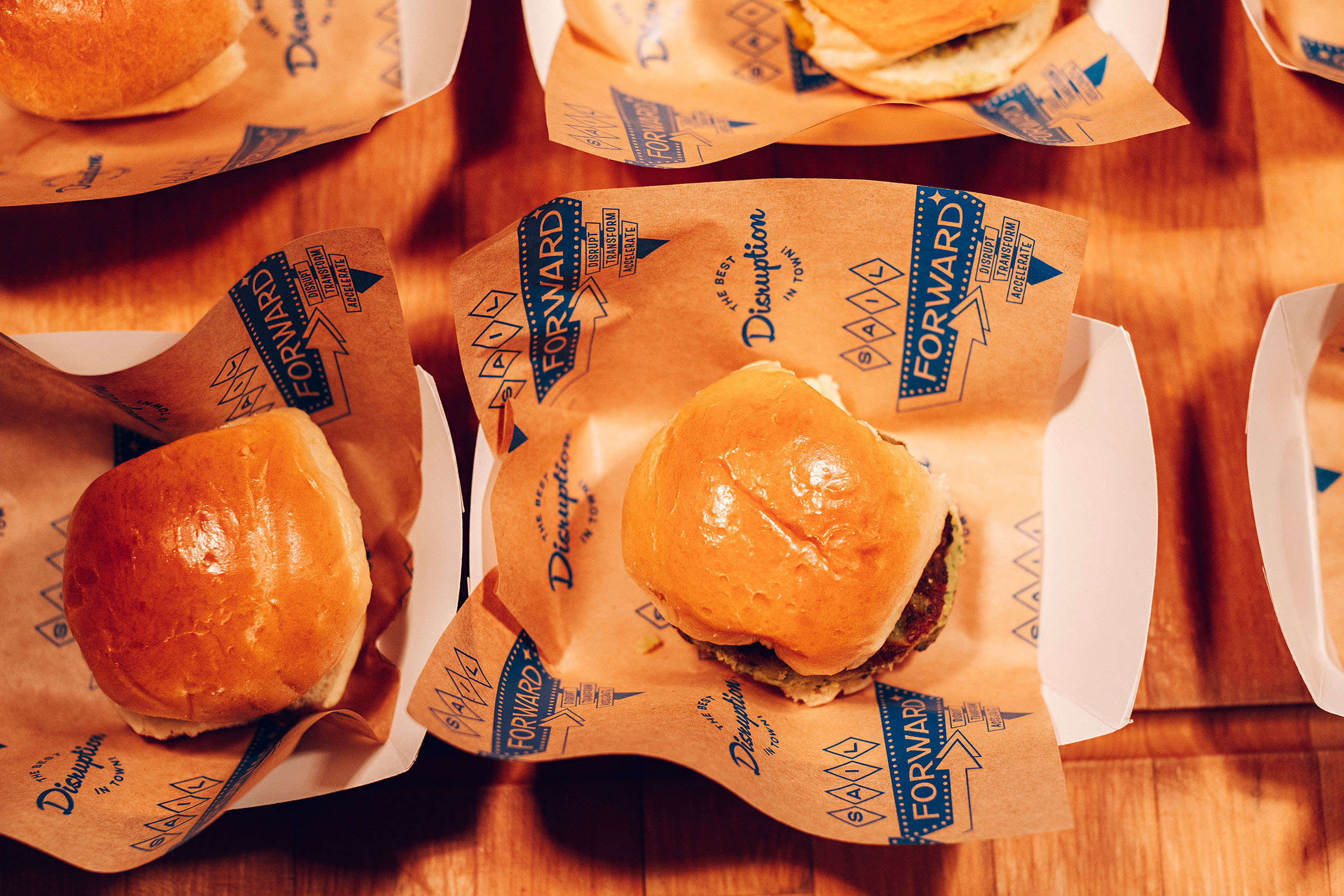
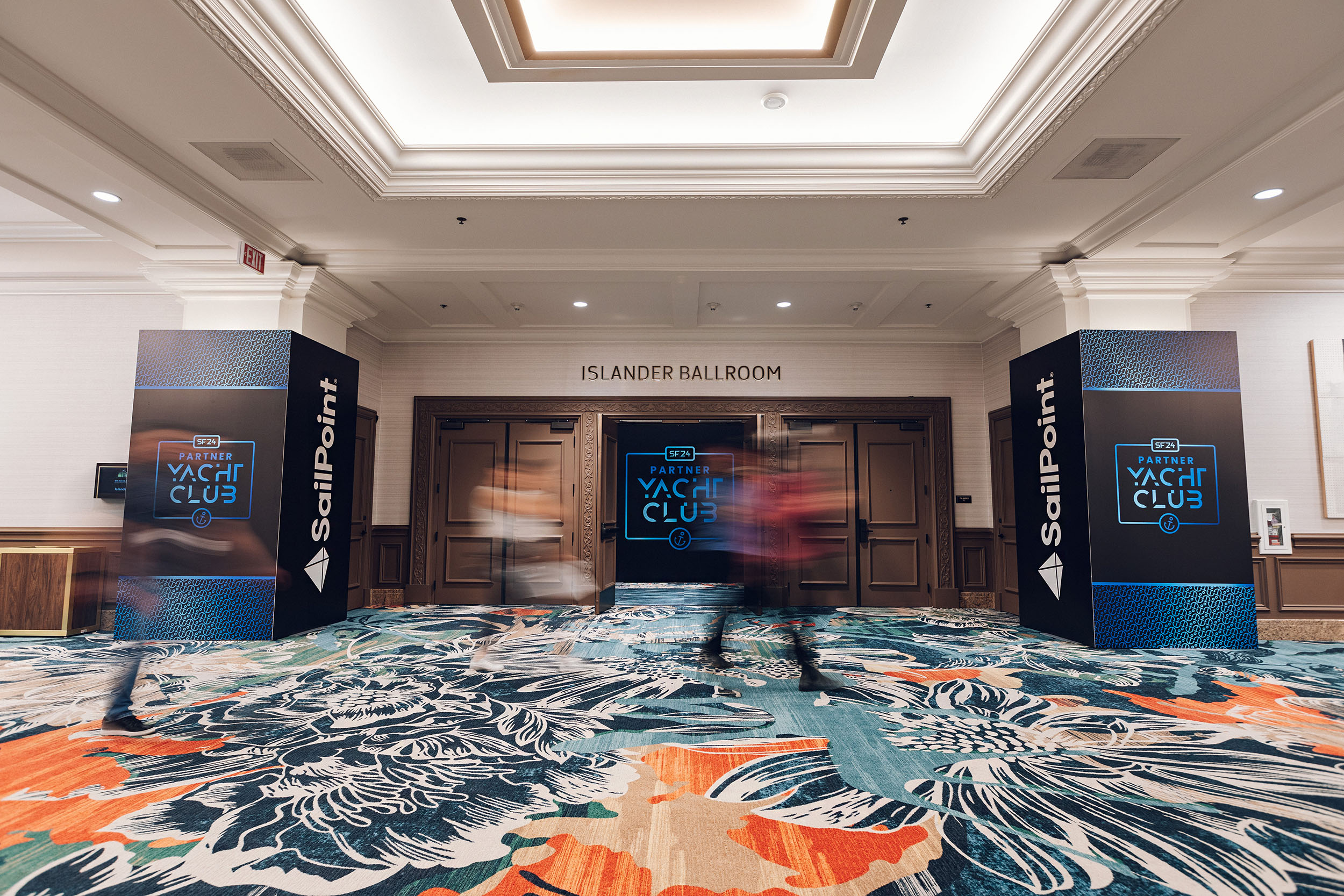
Awesome – so before we get into the rest of our questions, can you briefly introduce yourself to our readers.
I got my start in the creative agency world back in 2008 with internships at both Lipman Hearne and William/Gerard Productions in Chicago. A strong start followed quickly by a major global recession. But I stayed ambitious and by 2010 I was working as a Marketing Supervisor. Fast forward to late 2017, I moved to Austin, Texas with my wife and started working as an Art Director at Red Velvet. That’s when I really started to understand the live events scene in Austin.
As a partner to brands and event producers, I specialize in visual problem-solving that brings clarity and impact to identity, print, and event experiences. From concept to execution, Via Visual handles everything from brand development and mockups to on-site measurements, print production, and installation—ensuring every detail supports the story my client is telling.
In short, what sets Via Visual apart is listening and strategic thinking. We care about outcomes, not just cool graphics. We approach projects with visual problem solving first and foremost. We will be your creative partner. We take pride in asking good questions in discovery sessions and really understanding the context and ‘why’ before pitching solutions. We believe in the power of collaboration, a receptive attitude, being present, and the positive impact of well-crafted design.
I recently had two projects nominated for an Esprit Award for “Best Marketing Collateral” by the International Live Events Association (ILEA). So of late, that’s probably what I’m most proud of. One was for a sales kickoff conference in Las Vegas and the other for a film festival in Fort Worth. Both projects were about six months in the making so really cool to see others in the industry appreciate the work.
If there are takeaways from this, it’s actually nothing to do with graphics. There are 3 values very dear to my business.
Being human – We’re about understanding you, your goals, and treating you like a friend that we want to help succeed.
Active listening – We don’t enter conversations with an agenda or what we already think is going to work best for you based on your industry. We’re curious and ask a lot of questions.
Intentionally creating – Once we understand your goals, then we can start developing concepts, constantly checking that the visual identity is aligning with the image and messaging of your brand.
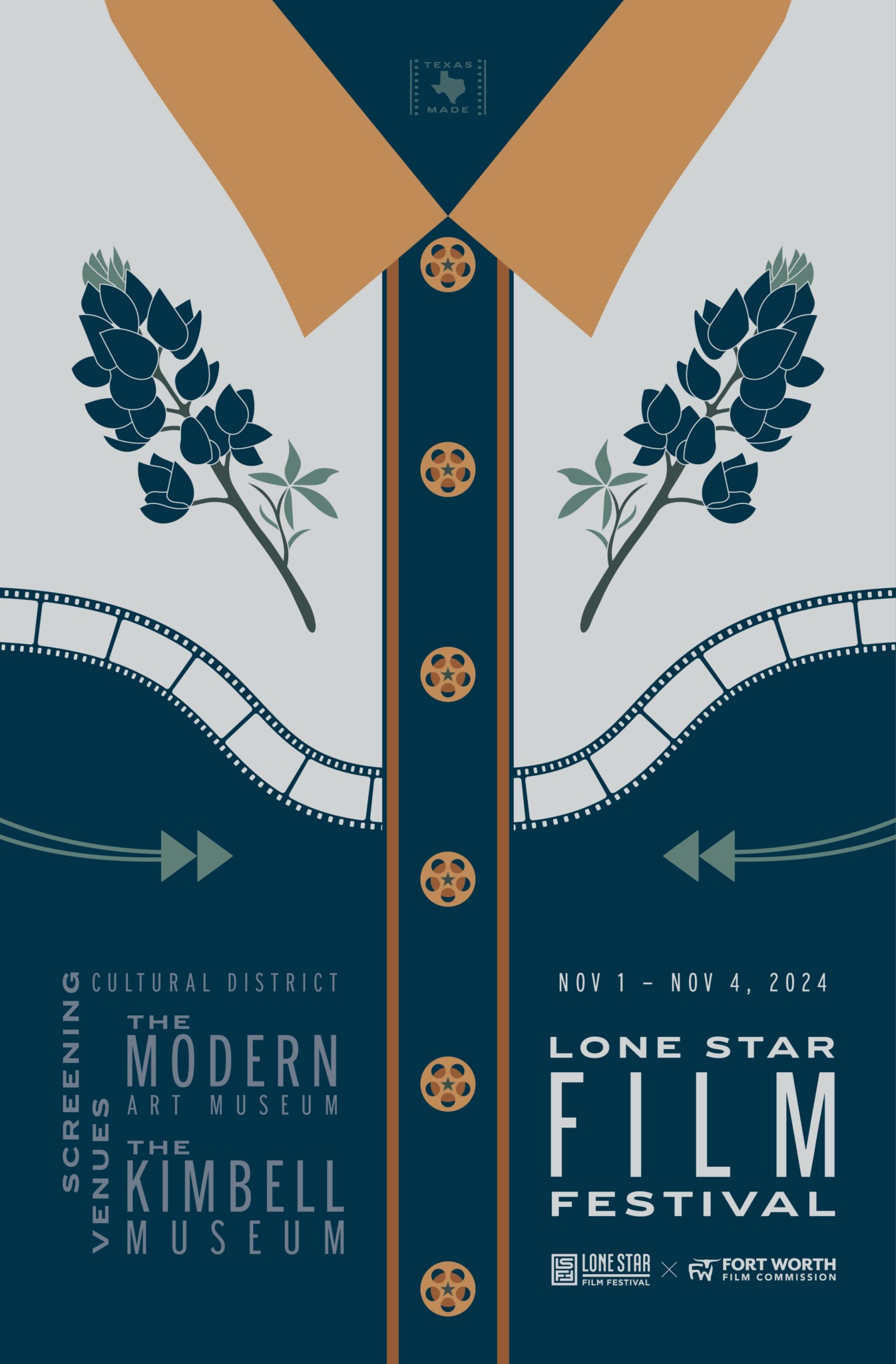

We often hear about learning lessons – but just as important is unlearning lessons. Have you ever had to unlearn a lesson?
A major takeaway a few years into Via Visual now is that it’s not about how many customers you have, but about having the right ones that you can grow with. There’s so many reels on social media about funnels and getting more customers. It depends on what you’re selling of course, but for me, as someone selling custom creative services, it’s been less about customer quantity and more about finding more ways to integrate my services into my client’s business and creative process. Not only do you build trust over time, but you build friendships. You become less a vendor and more a creative partner. Becoming a creative partner is much harder to replace than a vendor.
The backstory is one of my biggest clients/partners presently started small four years ago with a small event branding task. That project went well and I thought if they needed that, there has to be more ways we can join forces and there’s more I could have offered if they approached me sooner. The client is very concept driven which I felt is one of my strong points so I started entering conversations with them as someone they can brainstorm with from the start of the project rather than someone they don’t reach out to until late when they need a one-off design. That was a huge shift in approach and what clients actually value.
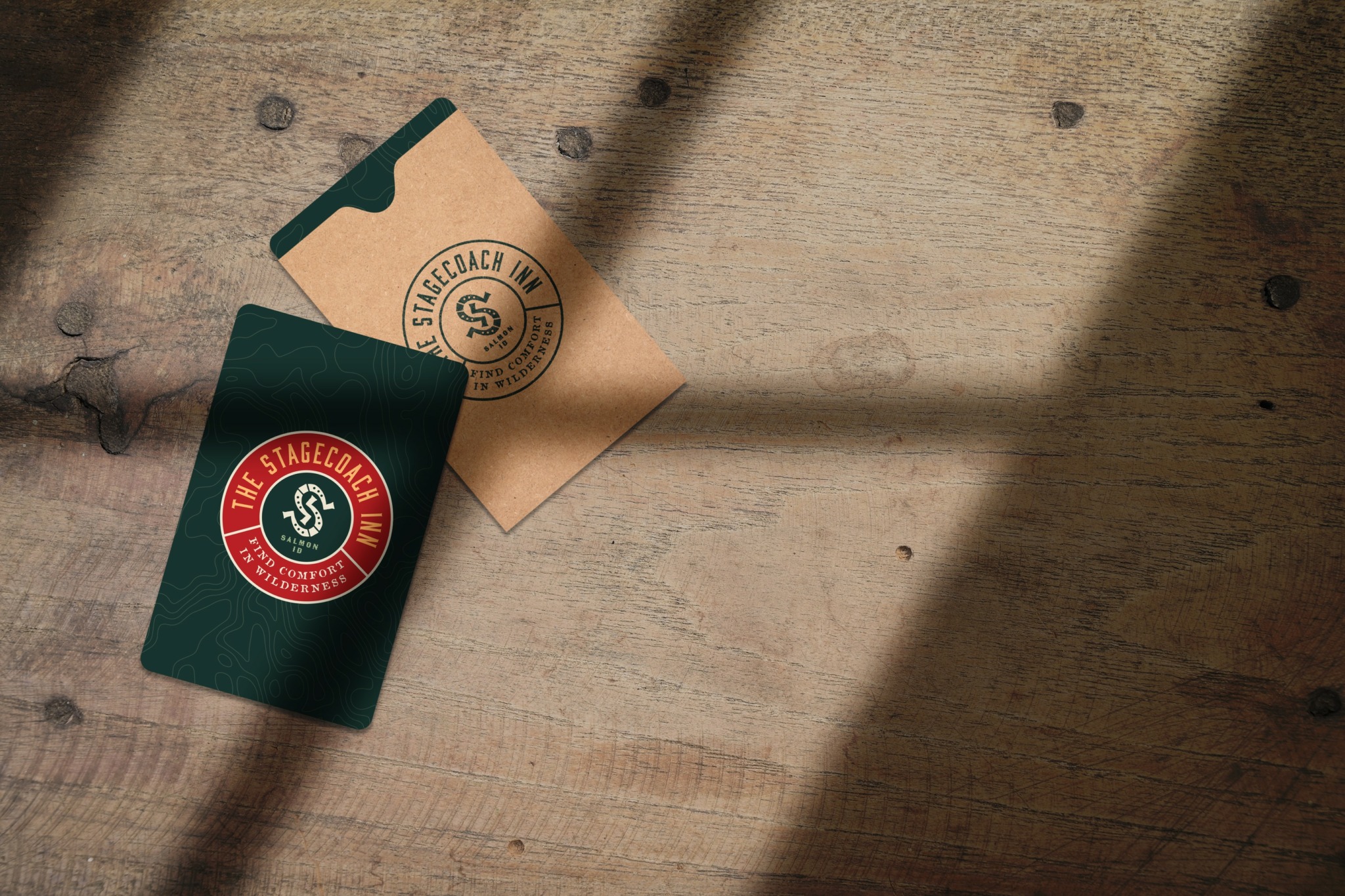
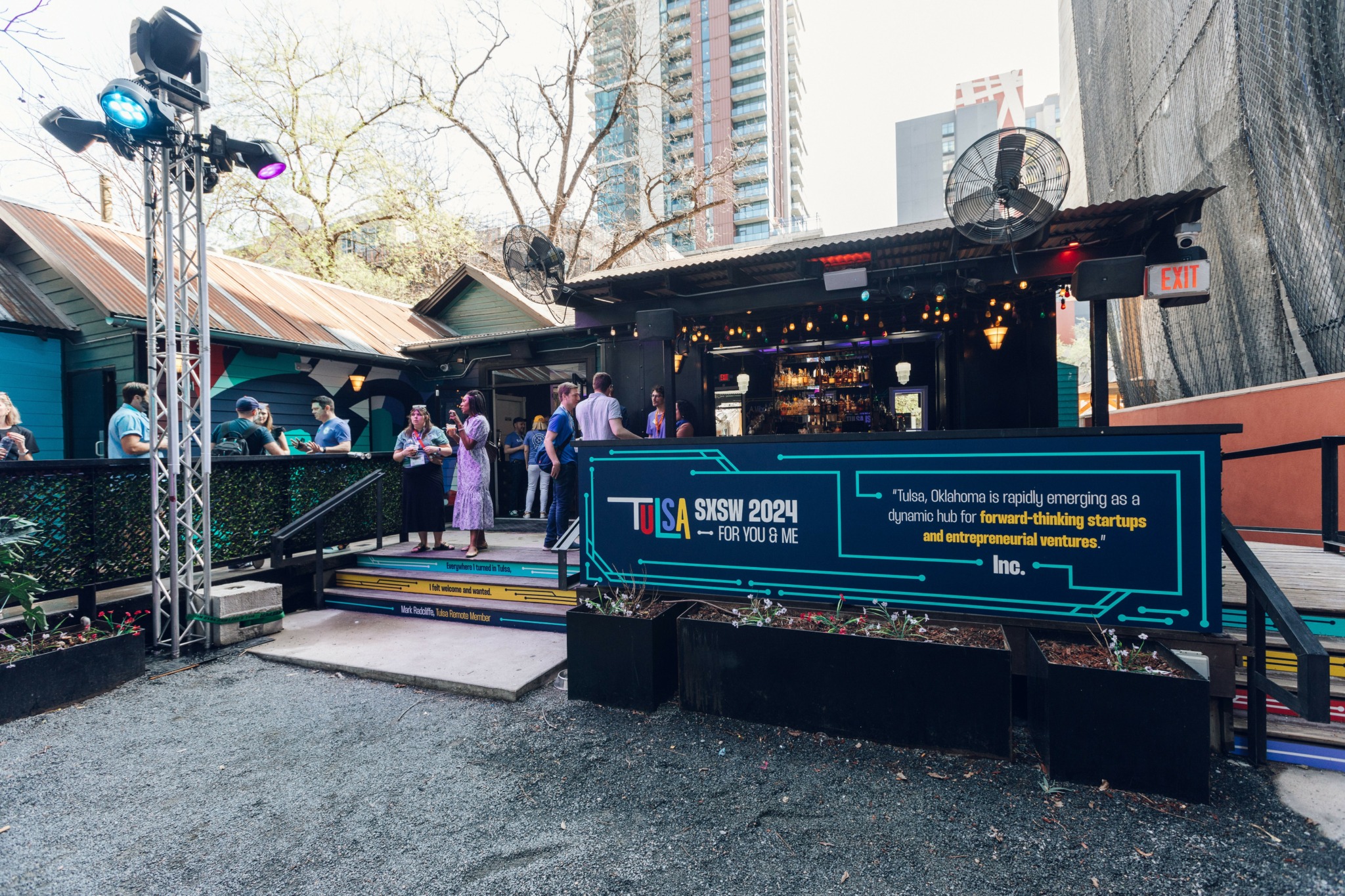
We’d love to hear a story of resilience from your journey.
I think the barrier to entry into the creative industry is low, but to become a true professional that is desired by brands and clients to work with is very difficult.
To be a creative professional is already hard because so many people want to do it and now AI is even taking a share. To be a freelancer or independent studio is even harder. The truth is your portfolio is only a small fraction of it. A lot of creatives think it carries more weight than it does. It’s more about your persistence, your ambition to keep going, and most important, creating a network. When you consider a lot of creatives are introverts, myself included, that’s pretty daunting.
In retrospect, I think resilience was an ingredient in my creative journey from the very start. Flash back to 2009 – Neither of the two design internships turned into full time jobs because of the economy. Creatives in general were just being laid off heavily. I started working as a waiter but I’d always carry my business cards in my pocket so if I developed a relationship with a guest, I’d try to smoothly say something like, “I can offer more than bringing food to your table. I also have design skills!” That’s not an exact quote, but that vibe. After waiting tables for about 6 months, it finally led to an interview which led to my first full time design job. At that time, I didn’t even have the money for business cards I was handing out. I actually had printed a whole bunch of copies of my business card design while I still had access to my university’s high end color printer, so basically the month I graduated. Then used an Xacto knife to handcut them all to size. I don’t know if anyone knew if I was talented at design then, but they could see my ambition and passion, and that’s what sold them.
Contact Info:
- Website: https://viavisualstudio.com
- Instagram: @via__visual
- Linkedin: https://www.linkedin.com/in/christyre/
- Other: IG Photography account: @nomad.and.camera

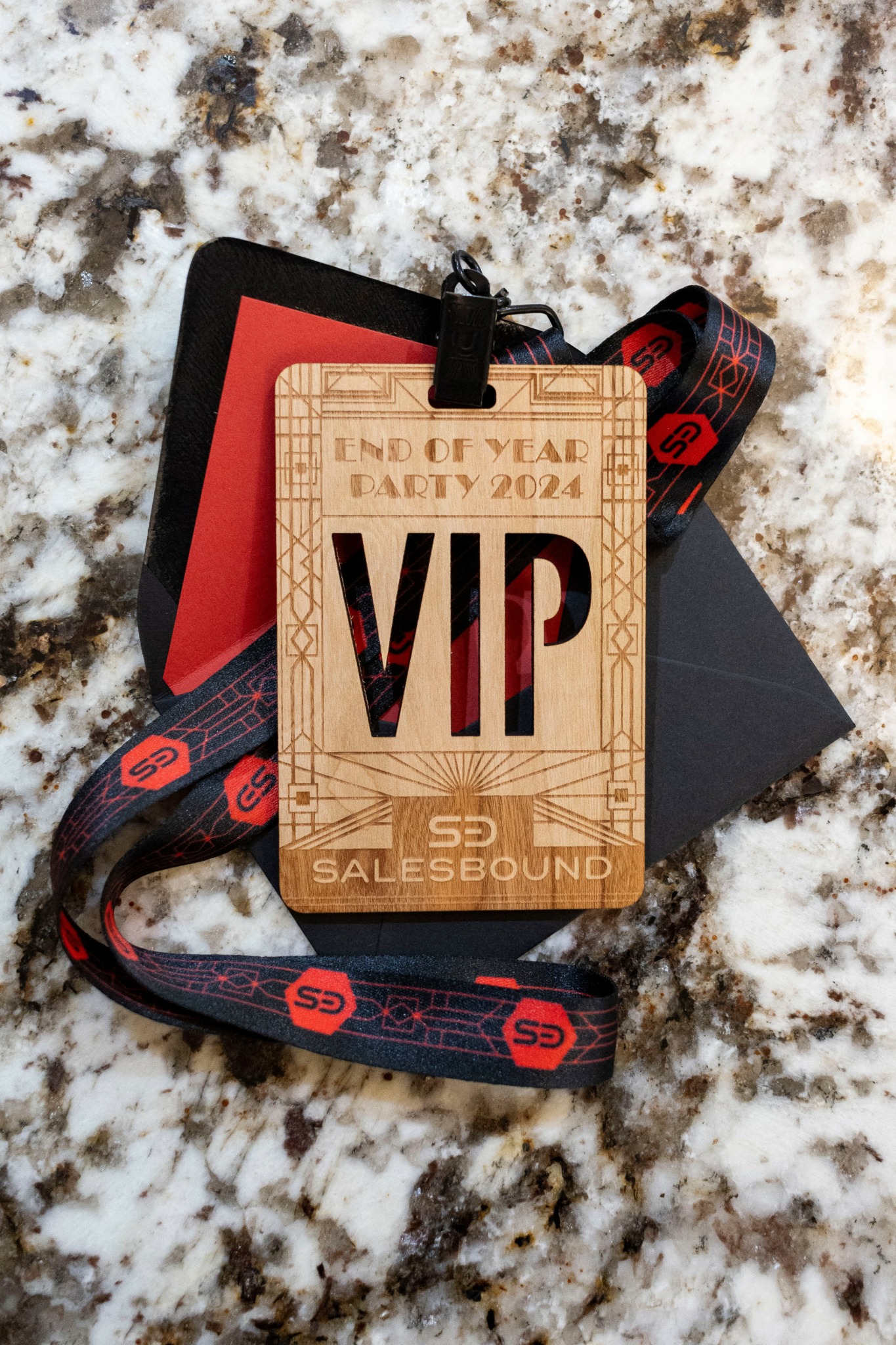
Image Credits
Headshot by Ismary Tyre Torres. All images rights by Chris Tyre.


